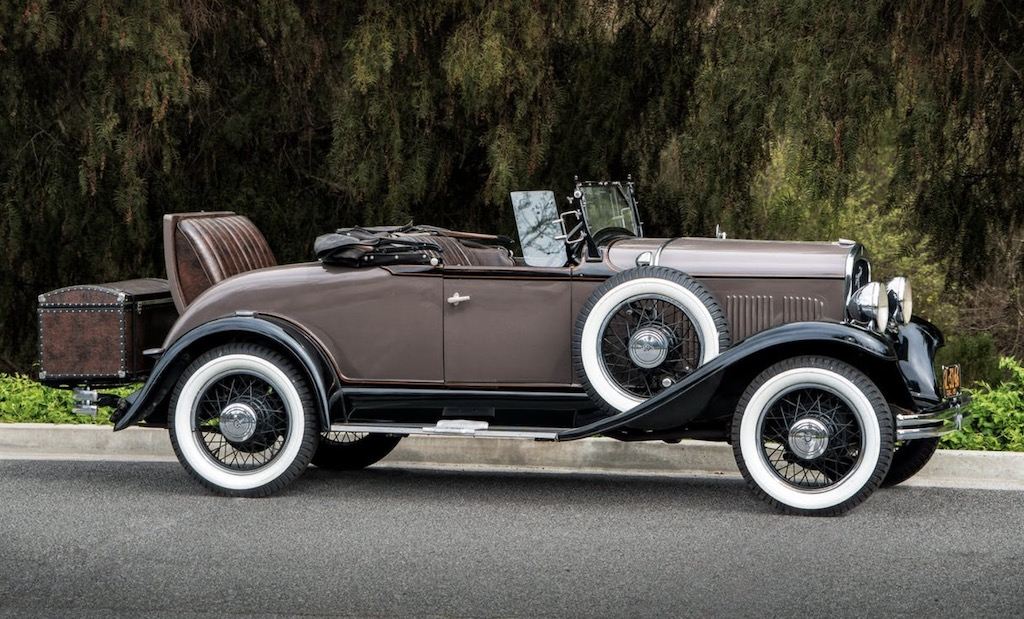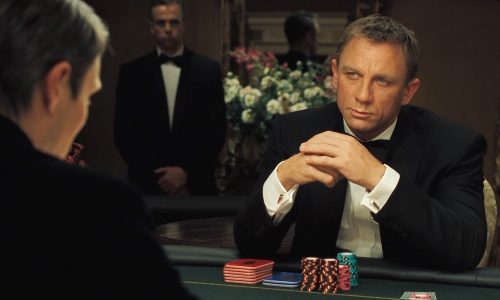Seven mistakes you need to avoid when buying your first classic car

If it’s your first time buying a classic car, you’re probably unsure where to start. Buying a classic car requires different research compared to buying a modern car. If you’re someone that has never done this before, there are many mistakes that could cost you a lot more than you bargained for. It’s important to carefully plan before you decide on buying a classic vehicle. Here are seven mistakes you need to avoid making when buying your first classic car.
Not doing your research
One of the biggest mistakes most new classic car buyers make is not doing their research. They simply buy a classic car without looking into the background of the make or model. Before meeting the seller and giving the car a test drive, find out if the model for that specific year has a tendency to suffer from significant mechanical issues. You can find this information by searching online reviews from people who are owners of the make and model you’re considering. You can also get information from classic car collectors who you know personally, and perhaps even your mechanic. You’ll also want to get the values that similar cars sold for through reputable sources. Being aware of the range of values that the particular car you’re considering is sold for will help decrease your chances of overpaying for it.
Not picking the car you’re passionate about
Whatever car you choose to get as your first classic vehicle, you should get one that you really like and care about. Don’t choose a classic car solely based on whether it will appreciate in value. What experienced classic vehicle owners know is that buying one takes a lot of time, effort, energy and money. It’s a labour of love that may require you to invest even more money and time after your initial purchase. If you’re not passionate about the particular make or model of the car you purchase, you may not end up putting in as much as you’re going to need to restore it. If you pick a car that you’re really passionate about, it will be easier for you to push through the moments when you’ll inevitably get frustrated with fixing it up.
Skipping a professional inspection
While skipping this step might be tempting, it’s necessary to get a pre-purchase road-ready inspection before you purchase your classic car. Even if you’re a car expert or a mechanic, it’s still possible you could miss something in your own inspection. It’s always helpful to get a second opinion from a professional who you can trust. See if you’re able to take the vehicle into a service centre or order a vehicle inspection to get it checked for signs of wear and tear or structural damages. There are several companies online that can do pre-purchase inspections.
Know the upkeep costs
Classic cars can require a lot of work to stay insured and roadworthy. In some cases, a classic car enthusiast may purchase a vehicle and then years later sell it for four times the price. While this sounds like quite a profit, what most owners don’t tell you is they have to sometimes spend up to tens of thousands of pounds for upkeep costs, drive replacements and mechanical maintenance. You can research classic car clubs in your area to find out how much it may cost to maintain the particular make and model you want to buy. A car collector who has previously purchased that vehicle can likely give you an accurate estimate of the upkeep costs.
Not finding a classic car mechanic
Since classic cars are very different from modern cars, it’s necessary to find a mechanic with the qualifications to work on a classic car. Before buying a classic vehicle, contact different local garages to see if they have any experience working on the specific car you want to buy. It may take you some time to call up different mechanics, but it’s important to find a mechanic who knows how to work on these cars to avoid getting bad work that could cost you more to fix. Be aware that these specialist mechanics may cost you more to hire than your regular local shop.
Not checking the VIN
When examining the classic car you might want to buy, make sure to look under the hood to find the vehicle’s identification number. This number will usually be directly stamped onto the engine. In other cases, the vehicle identification number will be stamped on the exterior of the dashboard and be visible from outside. This number usually ranges between five and 17 characters long. When you’ve located the VIN, search the other known locations that a VIN can be found within the vehicle. If you discover that the VINs aren’t there, it’s a sign that the engine has likely been replaced and it gives you more clues of what you’re getting yourself into with choosing this car.
Not researching insurance costs
As you may or may not be aware of, insuring a collector vehicle using a speciality insurance provider can cost less than it would through a traditional auto insurer. Nonetheless, certain classic cars and rare collections can be much more expensive to insure than other types. Because of that, you need to research the classic car insurance rates for the specific model you’re interested in. Factors that can influence the insurance premiums you’ll pay include the year of the car, the vehicle type and the agreed value policy limit. Take your time looking into different classic car insurance companies to find an affordable policy that can work for you.
Buying one’s first classic car can be an exciting new endeavour to pursue. There’s the potential to own the car of your dreams and have fun working on it. It’s important to avoid these critical mistakes so that the vehicle doesn’t cost you more than you planned and so that you can be satisfied with the car that you choose. One car which might be of interest is the 1968 Mustang GT 2+2 Fastback. You can learn more about this classic car at this link: https://revologycars.com/car/1968-mustang-gt-22-fastback/.
The editorial unit

























Facebook
Twitter
Instagram
YouTube
RSS